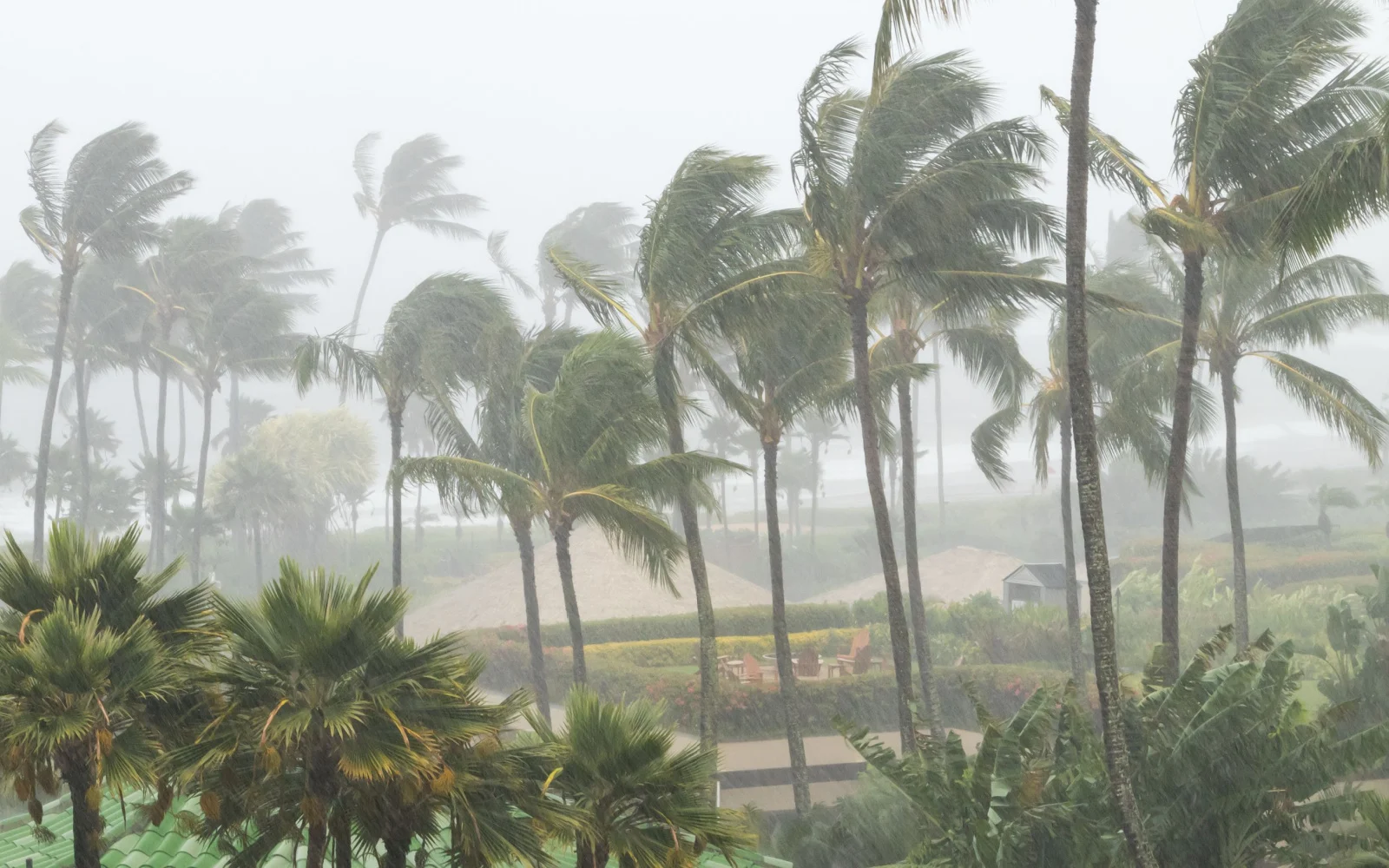When is hurricane season in the Bahamas?
The Bahamas’ hurricane season extends from June 1 to November 30, a period when hurricanes can rapidly develop, affecting various islands differently in terms of intensity and frequency.
The Bahamas are beloved for their crystal-clear Caribbean waters and sandy white beaches. But, sometimes it can feel like you see them on the news too often for the fierce hurricanes that whip through.
When Is Hurricane Season in the Bahamas?
If you are considering a visit to the islands, hurricane season should be one of your concerns. Learning when it is and what a savvy traveler should know about it can keep you safe and protect your trip from an unexpected interruption.
Hurricane season officially runs from June 1 to November 30. While you don’t need to completely avoid traveling to the Bahamas during this time of year, there are a few things you should know before making travel plans.
What Do I Need to Know About Hurricanes in the Bahamas?
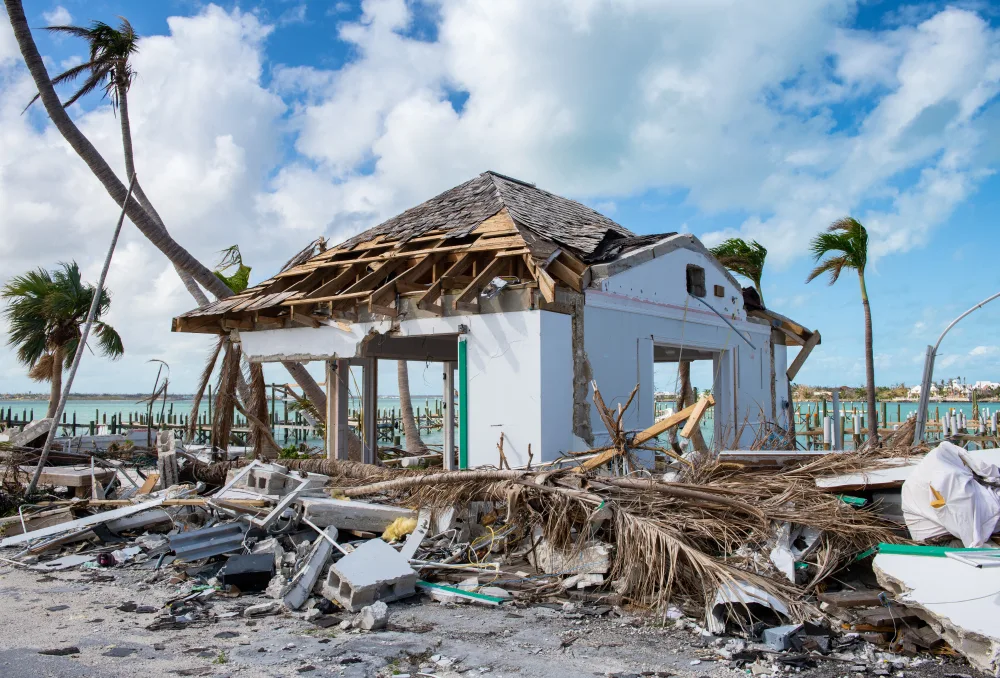
MARSH HARBOR, ABACO ISLAND, THE BAHAMAS – November 10, 2019: Destruction from hurricane Dorian showing debris and structural damage to buildings and trees./Paul Dempsey/Shutterstock
Hurricane season runs from June 1 to November 30, but there have been storms both before and after the official season. The Bahamas, like all countries in and around the Caribbean, are vulnerable to severe storm damage during hurricanes.
Hurricanes often take days or even weeks to develop. You can watch their progress as they form and become tropical depressions, tropical storms, and full-on hurricanes.
But, sometimes they are fast-forming and completely unexpected. Storms have gone from nonexistent to fully formed hurricanes in under a day.
That said, you do not have to completely avoid traveling to the Bahamas during hurricane season. Doing your research and making informed choices can help keep you safe during this and all other times of the year.
Are Hurricanes a Threat in the Bahamas?
In a word, yes. Nearly 40 Category 5 storms have hit the islands since hurricane tracking began in the 1830s. But, it’s not quite that cut and dried.
The Bahamas is made up of almost 700 islands, around 30 of which are inhabited. The hardest hit regions tend to be Bimini, Andros, Central Abaco, West Grand Bahama, and East Grand Bahama.
Many visitors say Nassau, the Berry Islands, and Cave Cay in the Exumas are hit less often. But, the entire region is subject to storm-related risks.
How and Where to Monitor Storms
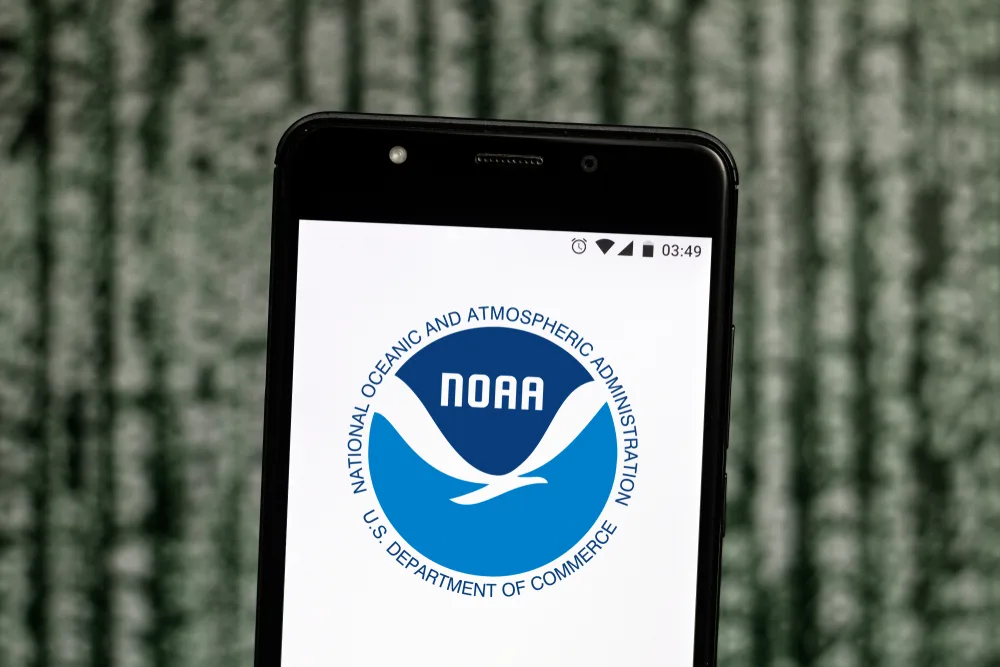
July 24, 2019, Brazil. In this photo illustration the National Oceanic and Atmospheric Administration (NOAA) logo is displayed on a smartphone./rafapress/Shutterstock
Most Caribbean travelers have a favorite weather report source or two. NOAA does forecasting and hurricane tracking and provides great detail. The Weather Channel breaks down hurricane information into easily digested chunks.
There are also amateur meteorologists who use various models to predict storms. Mike’s Weather Page posts multiple times a day on Facebook when a storm is imminent.
What Should You Do If There Is a Hurricane in the Bahamas?
Before you go, look into the evacuation procedures at your hotel. If the hotel is near the shore, you will probably need to evacuate if there is a storm. Be aware that it could be several days before you can return to your hotel.
Stay indoors during the storm and follow the advice of emergency personnel. If there are floodwaters remaining after the storm, do not wade in them. They can contain sewage, sharp debris, and animals as angry about the bad weather as you are.
If a storm occurs while you’re in the country, be prepared to be unable to travel back to the states immediately. There could be damage to runways or severe weather in the US that will prevent a flight home.
How Can I Help the Bahamas After a Hurricane?
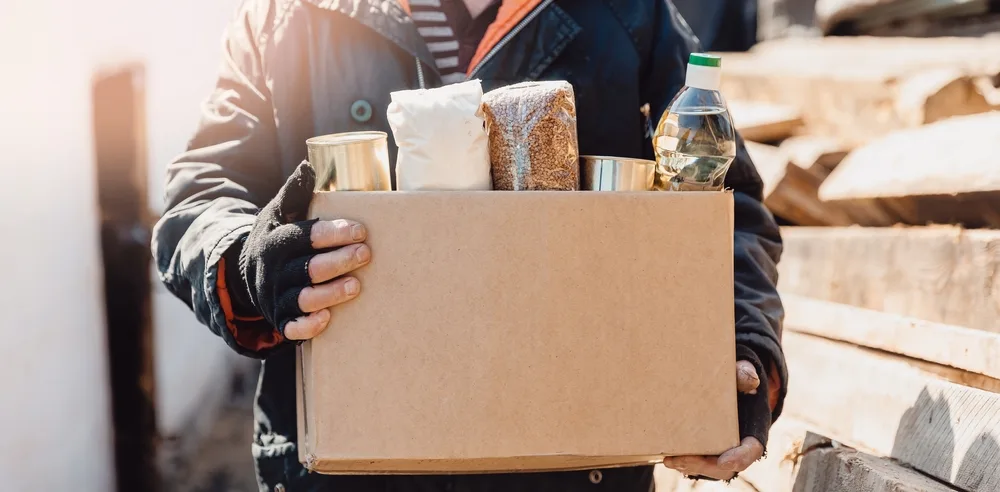
Parilov/Shutterstock
If a major hurricane makes landfall in the Bahamas, the result is often a loss of life and hundreds or thousands of people homeless. There are a few ways that people who love the country can lend a hand to help after a storm.
For most people, donating money is the most effective way to offer aid. The Red Cross is the most well-known organization offering aid after natural disasters.
Many people recommend Project Hope due to their quick response after Hurricane Dorian.
World Central Kitchen responds to disasters around the world by providing emergency meals, and working in the months and years after a disaster to restore and strengthen local food systems.
Sometimes you’ll see requests for specific supplies. Only donate what is asked for. The logistics of getting it all there can outweigh the benefits if what is sent is not what’s needed.
Organizations may ask for volunteers to travel to the Bahamas after a storm. Heed requests and only travel if you meet the criteria for volunteers.
For instance, if they are looking for electricians to do repairs, don’t show up if you do not have that expertise. This ensures that there are adequate resources for the people who have the skills needed.
Things to Consider
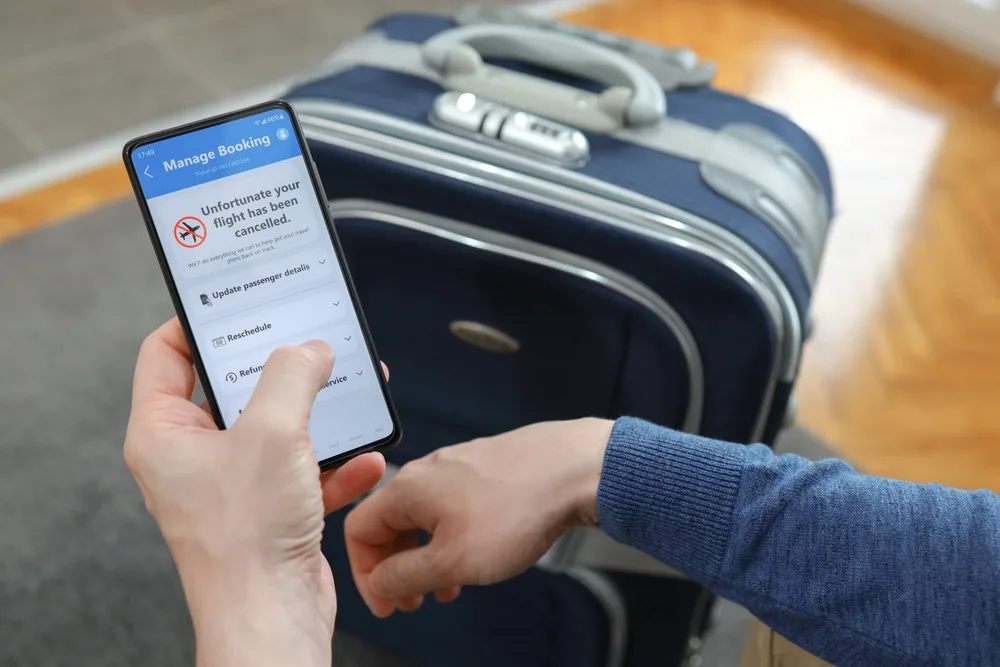
Boris023/Shutterstock
Here are some to consider if you’re worried about hurricanes in the Bahamas:
- Hurricanes are more of a threat in the out islands, simply because they are smaller with fewer resources.
- Find out if your booking is refundable if it is canceled because of hurricanes.
- Be prepared for delays. If you take prescription medications, be sure to have an adequate supply in case you can’t get home right away.
Frequently Asked Questions
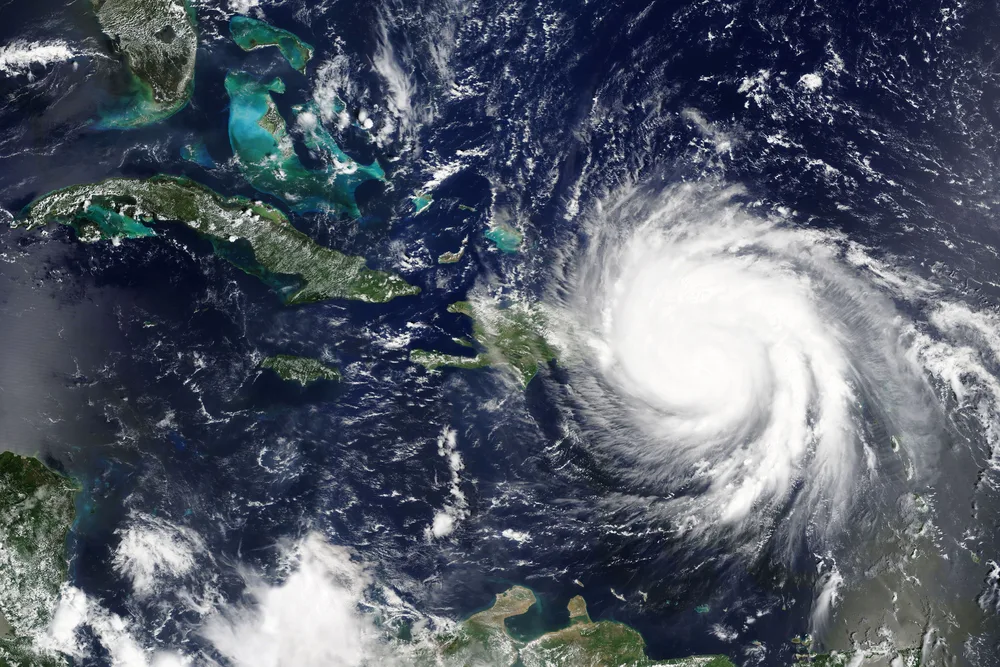
lavizzara/Shutterstock
What are the worst months to visit the Bahamas?
May through October are the months to give these islands a miss. First, it’s the rainy season, which can mean interruptions to every day. In between daily showers, expect temperatures in the 90s. And, this is the time of year you are most at risk for hurricanes.
How often are the Bahamas hit by hurricanes?
Hurricanes are a regular and present threat in the Bahamas. The average year has about seven hurricanes affecting the islands. Most do not make landfall, but high winds and heavy rains still occur. West Grand Bahama, Bimini, and Inagua are the most often affected.
What is the rainiest month in the Bahamas?
August is typically the month the Bahamas gets the most rain. During the rainy season, you can expect rainfall pretty much every afternoon. August is the peak of rainy season, with around six and a half inches of rain falling.
What is the hottest month to visit the Bahamas?
August is also typically the hottest month of the year. In humid climates, rainfall does not significantly drop temperatures. Because of this, you can expect temperatures to regularly hit the 80s and higher, even in the peak of the rainy season.
How bad are the hurricanes in the Bahamas?
They can get pretty bad. Between 1851 and 2021, 37 Category 5 hurricanes affected the Bahamas. A Category 5 hurricane is characterized by winds that exceed 157 miles per hour. This number is chosen because it’s the one most likely to cause catastrophic damage to buildings.
The most deadly storm on record is also one of the most recent. Hurricane Dorian hit the Abacos with a wind force of 185 mph and caused at least 74 deaths.
Over to You — Book Your Trip Today!
Hurricane season is from June 1 to November 30. Storms are more likely and more likely to be intense in the latter half of the season. But, they can occur both before and after the official season dates.
Hurricanes are a genuine threat in the Bahamas. Before you book your travel, be sure you understand the specific threat to the places you plan to visit. Find out what protections you have if your trip is canceled because of weather.
And, keep on top of weather reports before and during your trip to the Bahamas.
The islands are beautiful and the smaller crowds during the off-season can give you a different, more intimate, view of the place. Be wise about your travel plans while enjoying the tropical getaway you’re dreaming of. Happy travels!



